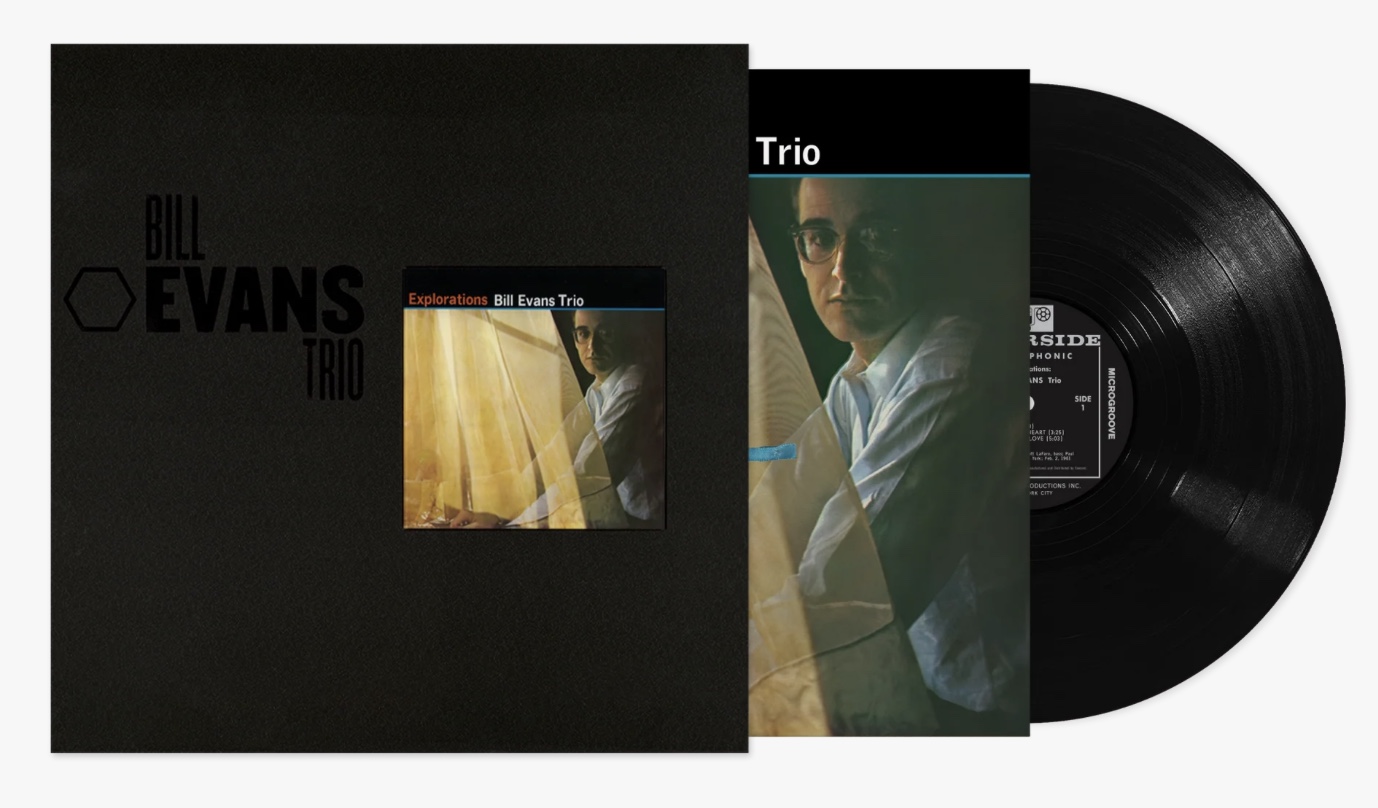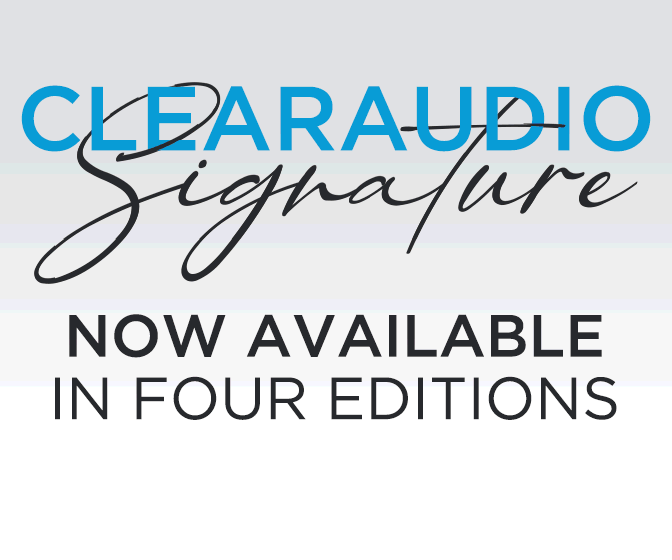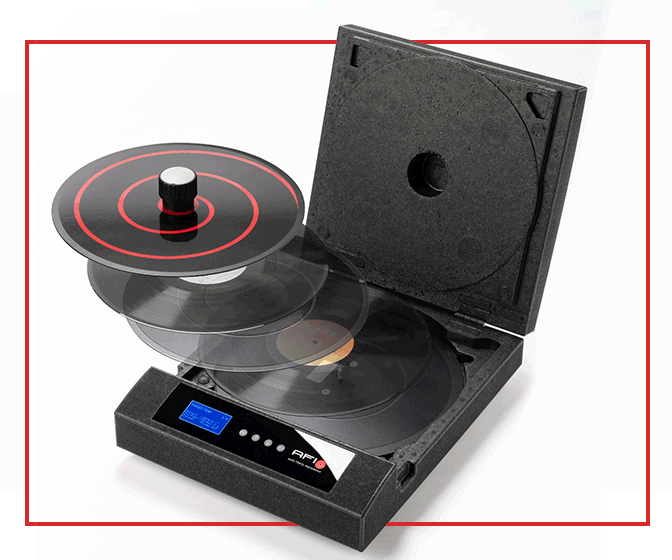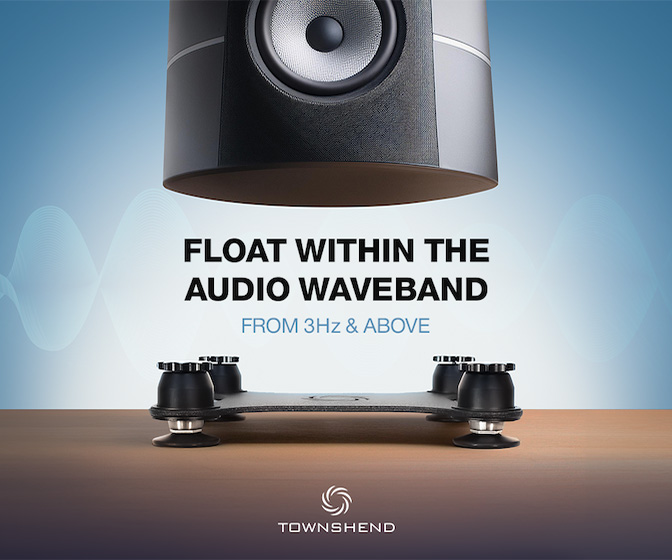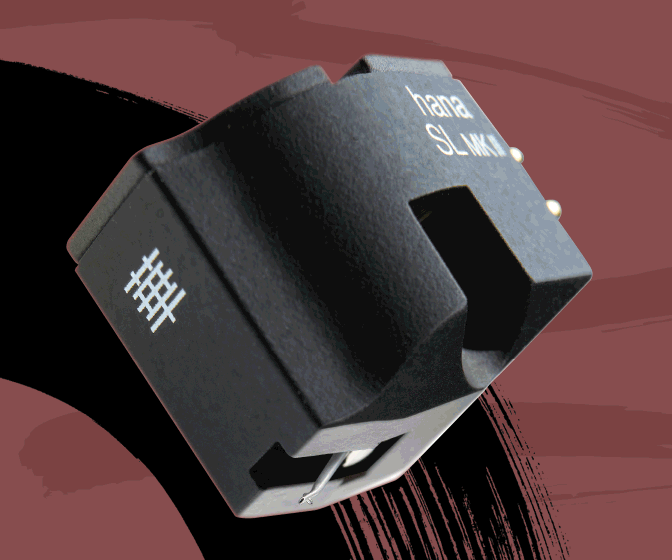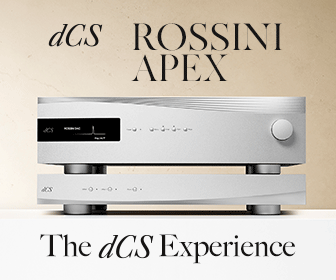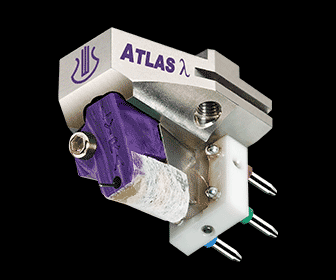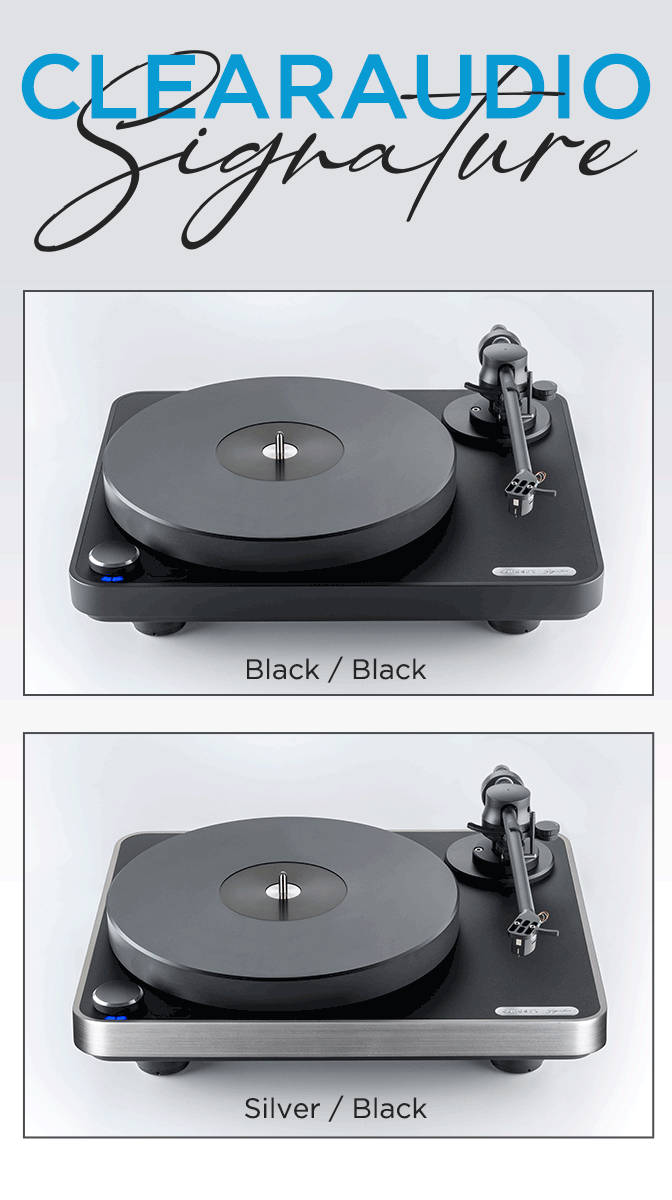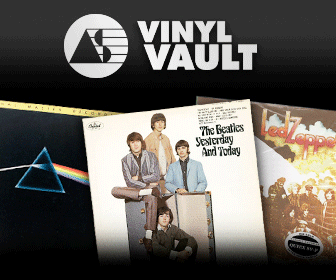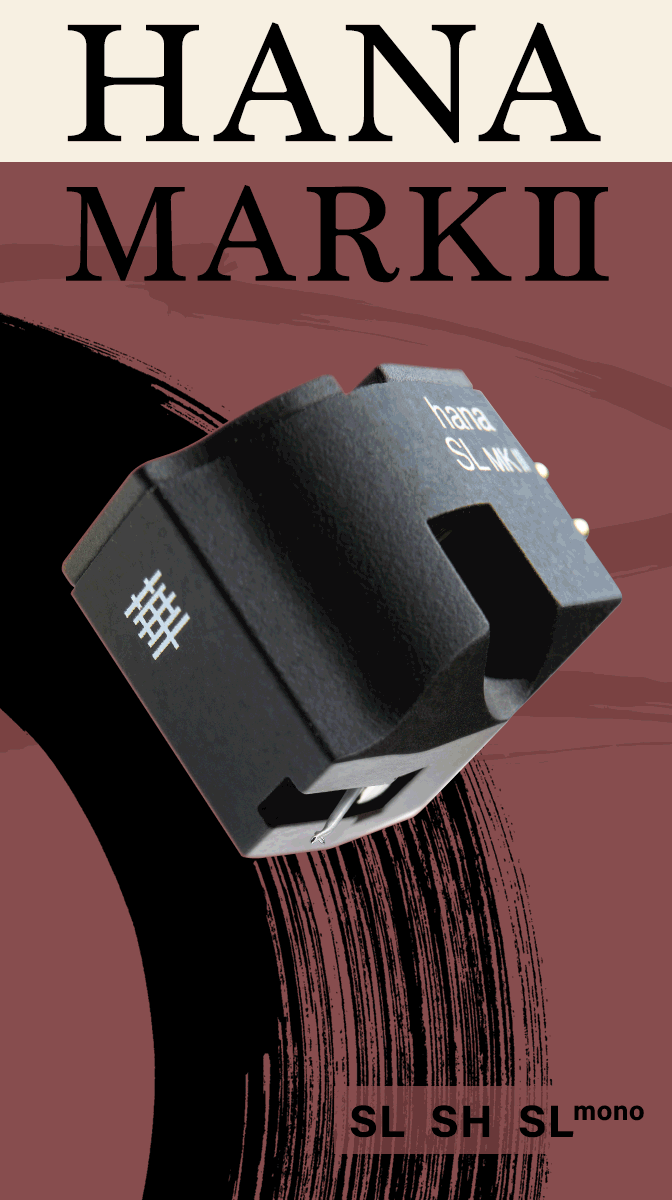Bill Evans' Best Studio Album
The 1961 "Explorations" gets its best vinyl treatment
The trio of pianist Bill Evans, bassist Scott LaFaro, and drummer Paul Motian is one of the most influential in jazz, yet the group laid down just three recording sessions over an 18-month period from December 1959 till June 1961--two studio sets (which formed two separate albums, Portrait in Jazz and Explorations) and one live date (spread out over two albums, Waltz for Debby and Sunday Afternoon at the Village Vanguard). The live albums, which rank as the best albums in Evans' 25-year discography, have each been reissued on vinyl many times over the years; the studio ones, less often. Yet here is Explorations, by far the better of those two albums, as the latest release in Craft Recordings’ handsomely packaged “Small Batch” series.
The trio was so short-lived for a tragic reason: LaFaro died in a car accident, two weeks after the Vanguard date, at age 25. The death threw Evans into such a funk that he waited two years before stepping before microphones with another trio. None of its subsequent sessions came close to matching those with LaFaro and Motian; not until 1968, with a live album at Montreux, did Evans recover, and then with new bandmates—bassist Eddie Gomez drummer Jack DeJohnette—that spurred him in a more high-spirited direction.
But back to Explorations. As Syd Schwartz recounts in new and thorough liner notes, the session--which took place on February 3, 1961--began badly. It had been more than a year since Evans’ previous recording date, owing to a bout of hepatitis stemming from a severe heroin addiction, which kept him in poor health (not just for this session but for the rest of his life—he died in 1980 at the age of 51). The addiction also roiled tensions with LaFaro, who constantly berated Evans for his self-destructive habit and who was also annoyed at having to use a borrowed bass. (His was being repaired.)
Nonetheless, to the surprise of all who heard the playback, the music turned out lovely—all eight tracks, mostly standards, many familiar, but some not so much, including "Elsa," by Evans' friend Earl Zindars, one of the most appealing ballads in Evans’ songbook.
We hear in this album, for the first (and, as noted, almost the last) time, the special flavors that this trio, improbably, mixed together: the classically trained Evans’ Ravelian harmonies, which coated the melodies with a sophisticated undercurrent that jazz pianists never had; LaFaro’s subordination of his instrument’s traditional time-keeping role to pursue alternate rhythms, countermelodies, and free-style mood swings (his friend Charlie Haden had been pulling similar tricks with Ornette Coleman’s quartet);; and Motian redefining how brushes-on-snare can set the pace and string disparate strands of music together.
It is often said that Evans led not so much a piano trio as an isosceles triangle: not a piano backed by bass and drums, but the three instruments occupying equal spaces, sometimes pursuing separate threads, but somehow staying together. Each musician may be playing “free,” to some extent, but this is not remotely “free jazz.” Everything evolves within song forms. (In fact, some jazz musicians, who later adopted many of the trio’s techniques, thought Evans played too straight, even derided him for not following through on his revolutions.)
The consensus view (which I share) is that the two Vanguard albums show the trio interacting at a higher level—more intense and exciting without losing a whit of the lyricism. But Explorations is where the magic takes shape—and it’s a satisfying album in its own right.
The same can be said of the sound quality: it’s not as eye-popping as the two Vanguard albums (which are among the best-sounding live jazz albums ever), but it’s still very good. After settling for a so-so piano in Riverside’s usual studio, Evans demanded that this set be recorded at Bell Sound Studios, which had superior facilities in every way—and the difference, compared with his previous album, Portrait in Jazz, shows. The piano is sparkling, both in its percussive tones and blooming overtones. There’s a sense of air between the instruments.
Craft Recordings has, in the past year or so, emerged as one of the top audiophile jazz reissue labels, to be discussed in the same paragraphs—sometimes sentences—as Analogue Productions and ERC. Its work on Explorations, with Bernie Grundman employed to do the all-analog one-step mastering, solidifies its standing. It is very much at the level of Analogue Productions’ 45rpm reissue from a few years ago; the bass is tighter, the piano brighter (in a good way), the snare and cymbals crisper and clearer.
Still, they are not as lifelike as they are on the Vanguard albums. (I gave Craft’s vinyl reissue of Waltz for Debby—the best-sounding of all pressings—an 11 for Sound.) And there’s one other shortcoming, probably rooted in Explorations’ original tapes: the drums are too recessed. Many years later, Paul Motian said in an interview that the recording of Explorations sounded nowhere as great as the sound inside the studio. He was probably talking about, mainly, the sound of his own drums. On the Village Vanguard recordings, his drums are quite prominent, the dynamic range wide, the dynamic contrasts captured in all their subtlety. Given that the Vanguard date took place only four months later (on June 25, 1961), we can reasonably infer that this is what the drums sounded like at the Explorations session too. But they don’t come off that way on any of the resulting albums from that session--not the Analogue Productions or Craft LPs, and not the XRCD compact disc (which, by the way, sounds pretty good, though not as good as either vinyl pressing).
Otherwise, though, this is a pleasure, in every way.
(Note: In an earlier version of this review, I mistakenly wrote that Explorations was the Evans-LaFaro-Motian trio's only studio session. This revision corrects the error.)




